- Bishnu Prasad Khanal
Robert Cormier‘s The Chocolate War depicts similar atmosphere of the contemporary politics as of Nepal. As in the text, Brother Leon imposes his authority to fulfill his hidden interest in the name of wellbeing of school and students. There is huge misuse of authority and power politics by the acting headmaster. Moreover, he denied the existence of Vigil but behind the curtain he longs for their aids, which seems ignorance of authority towards evil deeds however it is greatly designed, and protected by the authority itself. The similar incidents are recurring in politics of Nepal which appeared since the establishment of Democracy in 1950 and continued till the date in the name of reforming and rebuilding the nation.
In the context of Nepalese politics, various noble families such as Shah, Basnyat, Pandey and Thapa dynasty have involved in the active politics of Nepal before the rise of Rana dynasty although the situation of the politics was remained same within family politics till the end of 18thcentury. Anarchic tendency which was began from the unification of Nepal established loaded values and central power toward Nepali people. Rana dynasty imposed totalitarianism in Nepal from 1846 until 1951 reducing the Shah monarch to a figurehead and making prime minister and other government positions held by the Rana heredity that also reflected anarchism in Nepal.
In political concern, Gurkha ruler Prithivi Narayan Shah conquered Kathmandu and lays foundations for the united kingdom in 1768 and Nepalese expansion halted by defeat at hands of Chines in Tibet in 1792 but Anglo-Nepal war (1814-16) established Nepal’s current boundaries.Moreover, Nepal falls under the sway of hereditary chief ministers known as Ranas, who dominated the monarchy and cut off country from outside world in 1846 but treaty with Britain in 1923 affirms Nepal’s sovereignty.
There was no positive vibes in the favour of Nepali People during Rana regime and later, king Mahendraseized and suspended parliament, constitution and party politics after Nepali Congress(NC) wins elections in 1960.
For the purpose of democracy by the 1930s, Nepali expatriates in India had started smuggling in writings on political philosopies, which gave birth to a vibrant undergone political movement in capital birthing Nepal ParjaParisad in 1930. On the one hand. Nepalese involved in the independent movements started organizing into political parties, leading to the birth of NC and communist party of Nepal(CPN). Nepali congress was successfully in overthrowing the Rana regime with the support from india government and cooperation from the king that is the formal establishing phase of democracy in Nepal.
In 1961, King Mahendra developed the panchayat system of guided party less democracy to facilitate his direct involvement in national politics. It was based on king’s vehement objection to party politics . late king Mahindra collapsed democracy and banned political parties in the name of Panchayat System and it served three decades and country restored democracy and chanted the freedom unveil the democratic veils in and ruled the country by the political parties in the vastness of nepotism and favoritism. We can also compare the politics of Nepal with George Orwell’s Nineteen Eighty Four and its character Big Brother that continuously efforts to control the society and family members including the individuals too.
Nepal is one of the poorest countries in the regions and ranks as the twelfth poorest country in the world. Nepal’s position ‘as an yam between two builders’ India and China can give Nepal not as land locked but land linked position which Nepal is yet to turn to its advantages. Nepal initially took the route of establishing multi-party democracy through removable of monarchial regime. By doing so its aims to establish substantive democracy by seeking to address in political, economic and social structure. Although an armed insurgency lunch by the major communist faction called the “Jhapa movement” had failed comprehensively by 1971, it formed the foundation for the dominance communist power, CPN (ML) that was officially lunched in 1978. A general referendum was held in 1980, which saw the CPN ML campaign for the option for multiparty democracy along with Nepali congress, but the Panchayat system was declared the winner to significant controversy.
In the context of Nepalese politics and its fluctuation in 1990, the joint civil resistance lunched by the United left front and Nepali Congress was successfully in overthrowing the Panchayat, and the country became a constitutional monarchy. The United Left Front became CPN UML. After the restoration of democracy (2046BS) while Nepali Congress ran the government for the most of the next ten years of democracy that followed, democracy was mostly a disappointment owing to the immature democratic culture and political infighting in the capital as well as the civil war that followed the guerrilla insurgency lunched by the Maoist Party. Maoists, a mass civil protest was lunched by a coalition of the maoist and other seven political parties in 2006 which forced the king to stepped down , brought the maoist to the peace process and established a democratic republic by 2008 .
In 1990, thousands of Nepalese took the street to demand an end to the panchayat system. The then kind accepted the demand for a new constitution in 1990, in the wake of strong democratic movements. Later the new constitution basically replaced the panchayat system with a mostly elected bicameral legislature and multiparty system of government. Democratic government on the one hand, had a short and troubled carrier. Numbers of incidents held in Nepal in the name of democracy till the date but there is no significant change in people’s lifestyle. Political instability, corruptions, lack of awareness. Lack of good governance and responsibility of the government are the key factors for effective ruling patterns. Twenty-nine government during thirty-two years after the restoration of democracy not only symbolize political instability but also denotes the democratic veils.
Political nepotism in Nepal demoralize the democracy and such tendency was followed by each and every government after 1990s while political parties and their leaders started to family rule in the country and for their own interest and party’s interest, and it continued after the promulgation of new constitution. Anarchic tendencies under the democratic veils can be seen in local, provincial and federal government.
Nepal might have discarded the dynastic rule of the Shahs in 2008 but the dynasticism of modern day Nepali politicians range all the way from the federal down to the local level. The engagement moreover of two or more people from the same family network engages in active politics could be a political strategy, if not accidental engagement. Nepotism appears in Nepal along with Nepali civil insurgency. The family members of the political leader have got an opportunity to participate in the policy making level. At last, one the on the one hand, the character of political leader and their deeds reflect anarchic tendency in the name of absolute democracy. On the other hand, the government and political leader try to manipulate people to tolerate each and every points. The government and all political parties and their leaders should be responsible and accountable towards people’s mandate and democracy.


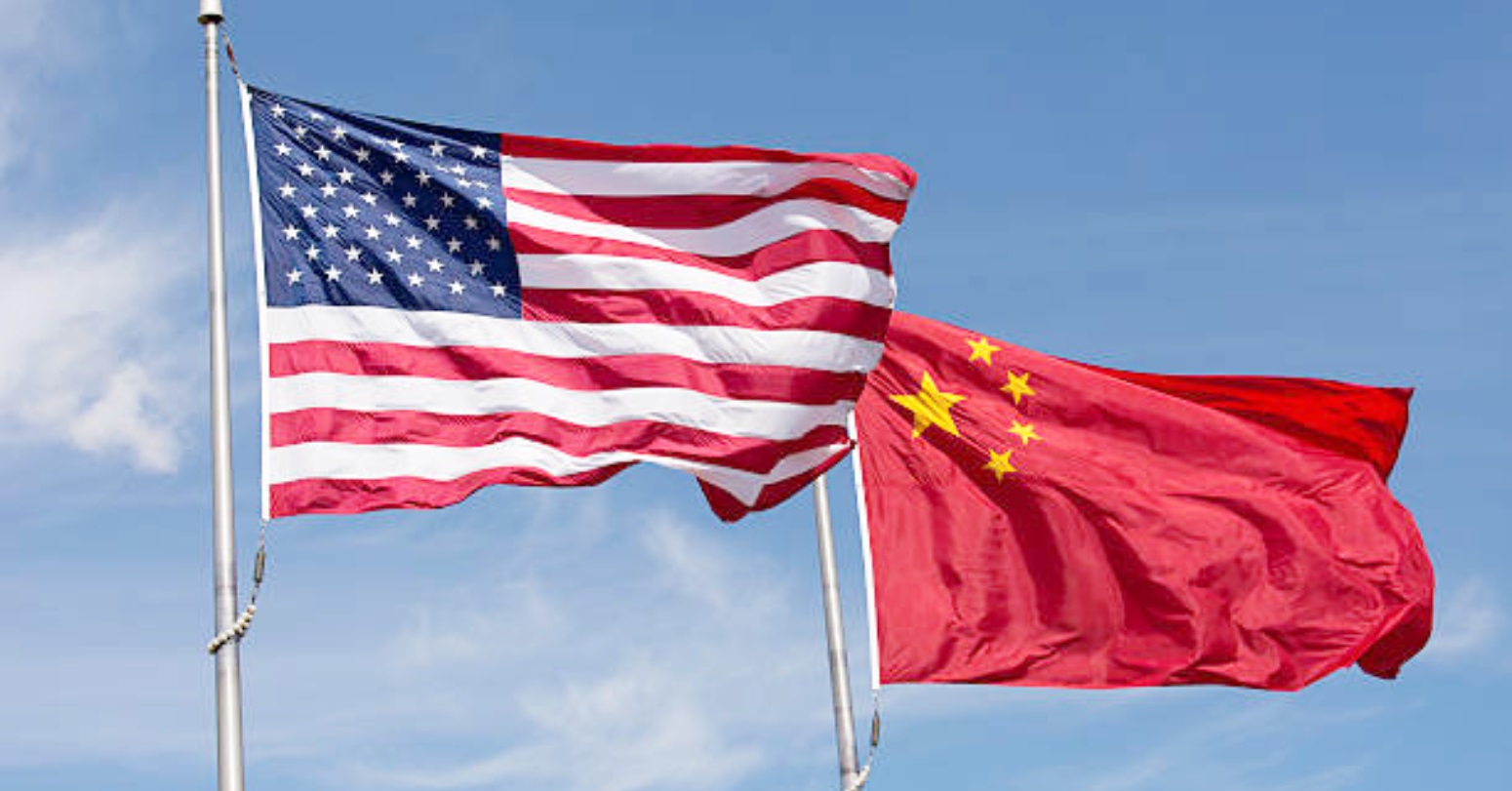



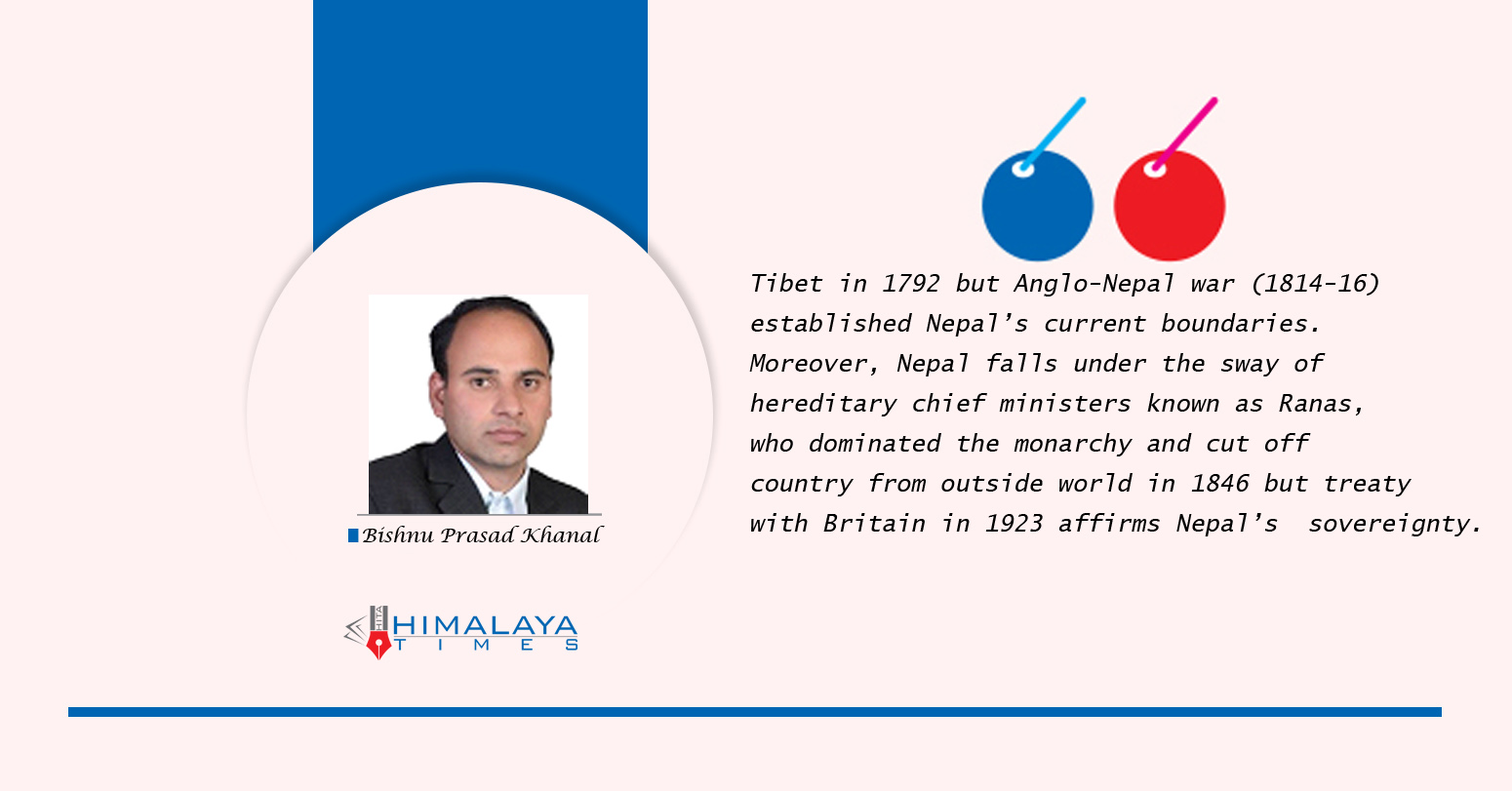




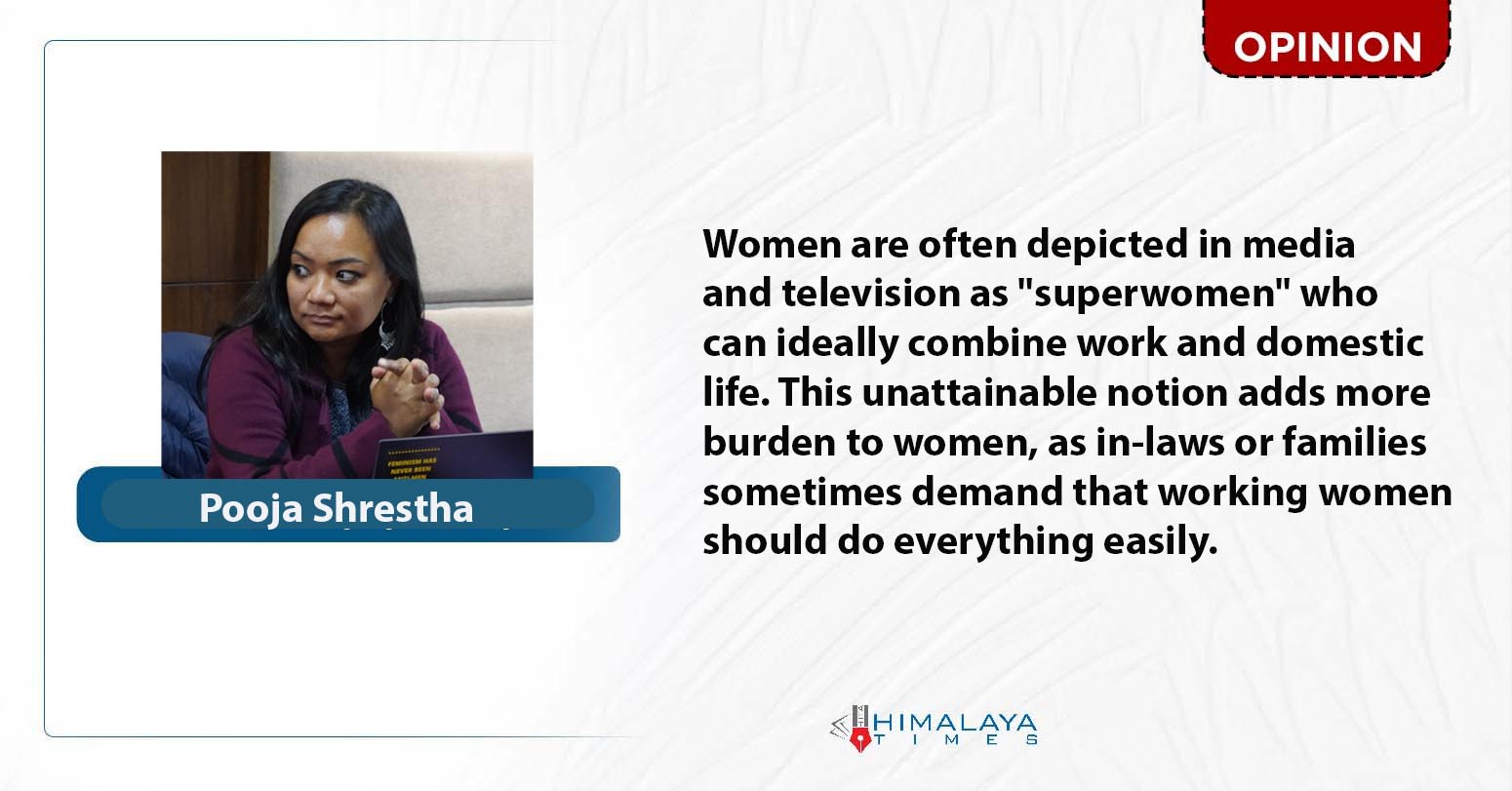



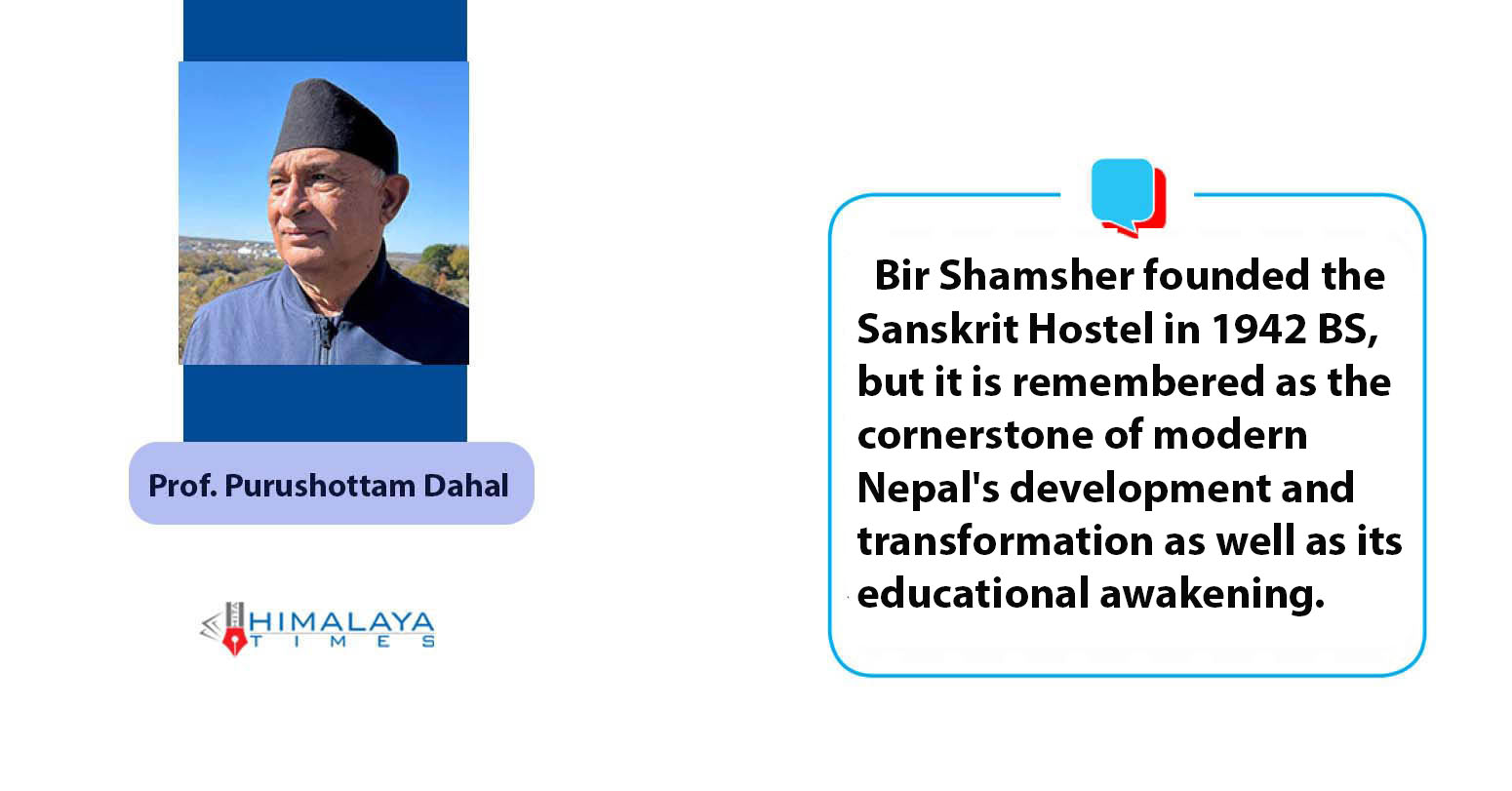

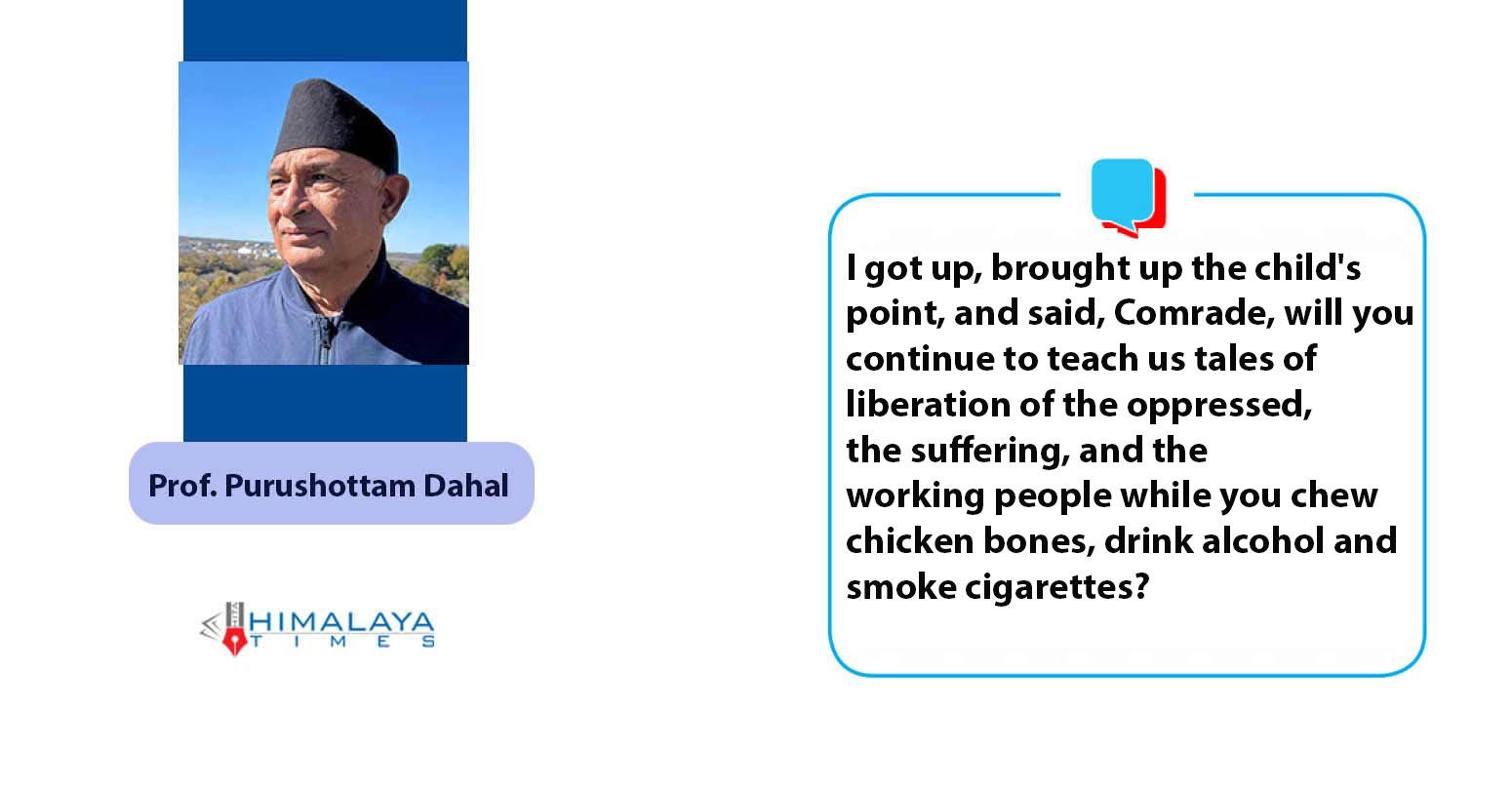

Middle-aged man spends millions to
Breathing The Unbreathable Air
Comprehensive Data Protection Law Critically
Gender Differences In Mental Healthcare
Dr. Dharam Raj Upadhyay: Man
Erosion of Democracy